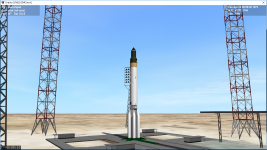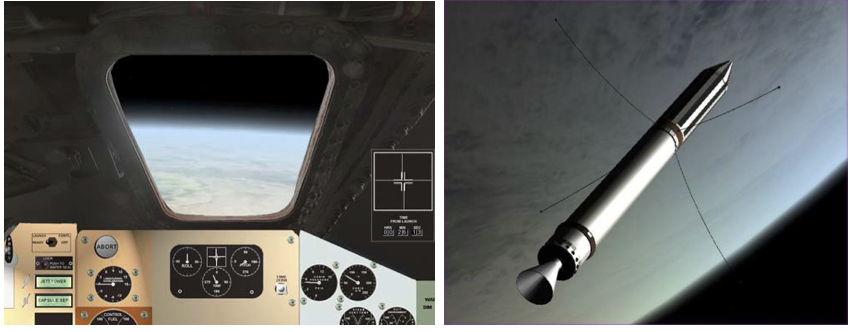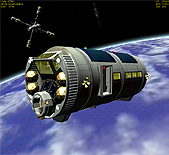

Adding the 32 months that the shuttle was grounded after the Challenger tragedy, the shuttle has been out of service due to fatal safety problems for more than five years out of its 29-year life. The orbiter would have to be in a controlled glide below 50,000 feet and traveling slower than 230 miles an hour.įinally, NASA astronauts have been riding Soyuz since Norm Thagard's flight in 1995, and relied on it exclusively for 30 months after the Columbia tragedy. After Challenger, a telescoping slide pole was installed in the mid-deck that requires each astronaut to unbuckle from the seat, attach a ring to the pole, and dive out the side hatch for a parachute descent.

The shuttle, by contrast, beginning with STS-5, and continuing through the Challenger disaster, the 25th flight, offered no escape for the crew once the solid rocket boosters were lit. Some of the Russian rocket's safety rating is due simply to the existence of its launch abort system. Who knows if Soyuz might have a critical failure in the next 27 flights? It's only fair, however, to point out that Soyuz hasn't had a fatality in almost 29 years. Based on those ratios, Soyuz is a little safer.īut there's also the number of manned launches: shuttle, 130 Soyuz, 103. That's one Soyuz fatality for every 63 people delivered to orbit. The program has suffered four fatalities: one on Soyuz 1 in April 1967, and the other three on Soyuz 11 in June 1971. Soyuz has orbited 250 people, not including two successful aborts: Soyuz 18a in April 1975, which occurred late in a launch 90 miles high, and Soyuz T-10-1 in September 1983, on the launch pad. Fourteen astronauts lost their lives on Challenger and Columbia, which leaves a ratio of one fatality for every 56 people taken to orbit. Through the most recent mission, STS-130 in February 2010, the shuttle has taken 788 people to orbit ("people" includes repeat fliers-so Franklin Chang Diaz's seven flights would count as seven people).

And that has given way to another debate about safety: Will NASA astronauts be less safe going to and from orbit exclusively on Soyuz? This debate, at least, can be properly examined with some firm numbers. Regardless of whether NASA or SpaceX builds the next vehicle to ferry humans to the space station, there will be a gap of several years, during which American astronauts will have to ride on Soyuz. The shuttle has never had one, though it had ejection seats on the first four flights, which carried just two astronauts. A launch abort system, the long tower above a Soyuz capsule that contains small, powerful rockets to pull the crew away from a failing booster, rode atop all the manned rockets used in the Mercury and Apollo programs (Gemini used ejection seats). The company counters that they've built their Falcon 9, which will make its first flight in two weeks, with human rating standards all along, and that they would add a launch abort system as they move toward flying astronauts. Skeptics of commercial human spaceflight say the expense of human-rating will dramatically drive up the costs for companies like SpaceX. NASA, meanwhile, would divert billions per year from this type of activity into studying technologies that will someday get humans beyond low Earth orbit, back to the moon, and finally to Mars.īut that has invited a debate about safety, and the huge expense of human-rating a rocket for flights to low Earth orbit. That decision would direct commercial companies, such as SpaceX, which already has 27 unmanned flights on its launch manifest, to take over the job of moving astronauts from the ground to low Earth orbit. Looking to add a little acrimony to your life? Join the debate about the Obama Administration's decision to cancel NASA's Constellation Program.

The launch of the first Falcon 9 v1.1 at Vandenberg Air Force Base.


 0 kommentar(er)
0 kommentar(er)
